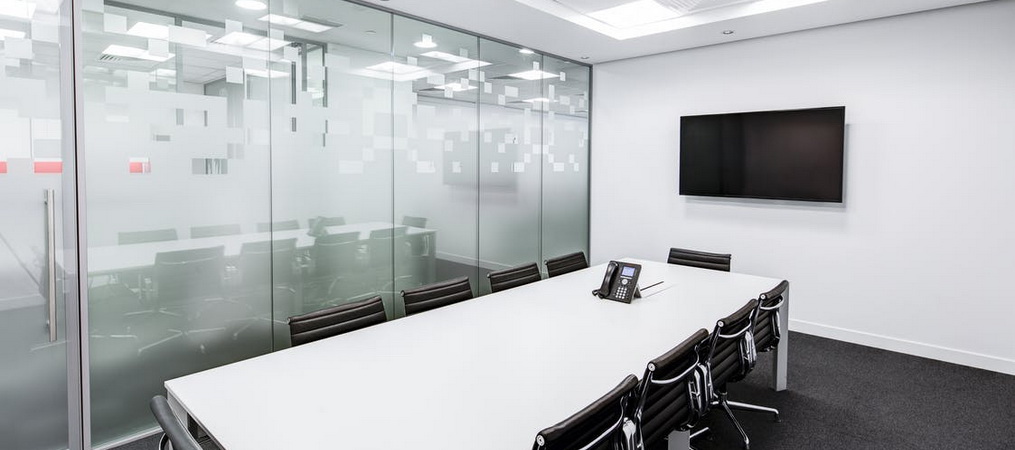
The future of work after COVID-19
The COVID-19 pandemic disrupted labor markets globally during 2020. The short-term consequences were sudden and often severe: Millions of people were furloughed or lost jobs, and others rapidly adjusted to working from home as offices closed. Many other workers were deemed essential and continued to work in hospitals and grocery stores, on garbage trucks and in warehouses, yet under new protocols to reduce the spread of the novel coronavirus.
This report on the future of work after COVID-19 is the first of three MGI reports that examine aspects of the postpandemic economy. The others look at the pandemic’s long-term influence on consumption and the potential for a broad recovery led by enhanced productivity and innovation. Here, we assess the lasting impact of the pandemic on labor demand, the mix of occupations, and the workforce skills required in eight countries with diverse economic and labor market models: China, France, Germany, India, Japan, Spain, the United Kingdom, and the United States. Together, these eight countries account for almost half the global population and 62 percent of GDP.
Jobs with the highest physical proximity are likely to be most disrupted
Before COVID-19, the largest disruptions to work involved new technologies and growing trade links. COVID-19 has, for the first time, elevated the importance of the physical dimension of work. In this research, we develop a novel way to quantify the proximity required in more than 800 occupations by grouping them into ten work arenas according to their proximity to coworkers and customers, the number of interpersonal interactions involved, and their on-site and indoor nature.
This offers a different view of work than traditional sector definitions. For instance, our medical care arena includes only caregiving roles requiring close interaction with patients, such as doctors and nurses. Hospital and medical office administrative staff fall into the computer-based office work arena, where more work can be done remotely. Lab technicians and pharmacists work in the indoor production work arena because those jobs require use of specialized equipment on-site but have little exposure to other people (Exhibit 1).
We find that jobs in work arenas with higher levels of physical proximity are likely to see greater transformation after the pandemic, triggering knock-on effects in other work arenas as business models shift in response.
The short- and potential long-term disruptions to these arenas from COVID-19 vary. During the pandemic, the virus most severely disturbed arenas with the highest overall physical proximity scores: medical care, personal care, on-site customer service, and leisure and travel. In the longer term, work arenas with higher physical proximity scores are also likely to be more unsettled, although proximity is not the only explanation. For example:
- The on-site customer interaction arena includes frontline workers who interact with customers in retail stores, banks, and post offices, among other places. Work in this arena is defined by frequent interaction with strangers and requires on-site presence. Some work in this arena migrated to e-commerce and other digital transactions, a behavioral change that is likely to stick.
- The leisure and travel arena is home to customer-facing workers in hotels, restaurants, airports, and entertainment venues. Workers in this arena interact daily with crowds of new people. COVID-19 forced most leisure venues to close in 2020 and airports and airlines to operate on a severely limited basis. In the longer term, the shift to remote work and related reduction in business travel, as well as automation of some occupations, such as food service roles, may curtail labor demand in this arena.
- The computer-based office work arena includes offices of all sizes and administrative workspaces in hospitals, courts, and factories. Work in this arena requires only moderate physical proximity to others and a moderate number of human interactions. This is the largest arena in advanced economies, accounting for roughly one-third of employment. Nearly all potential remote work is within this arena.
- The outdoor production and maintenance arena includes construction sites, farms, residential and commercial grounds, and other outdoor spaces. COVID-19 had little impact here as work in this arena requires low proximity and few interactions with others and takes place fully outdoors. This is the largest arena in China and India, accounting for 35 to 55 percent of their workforces.
Source: McKinsey